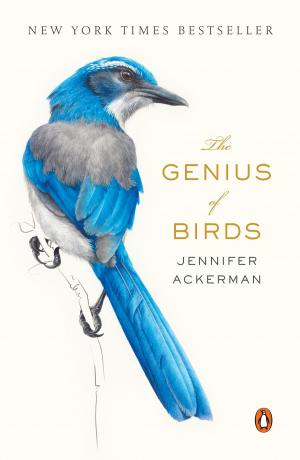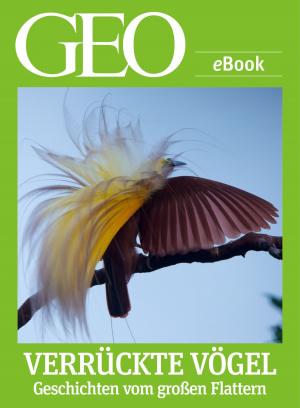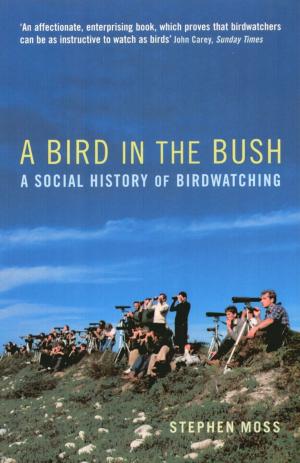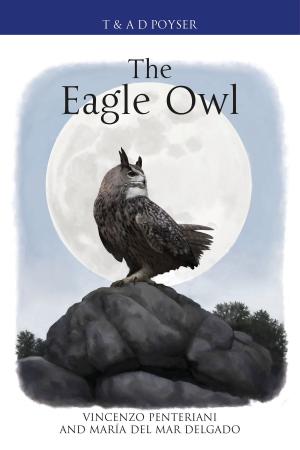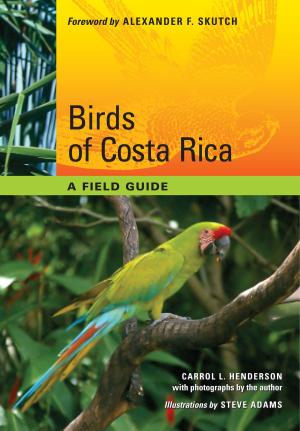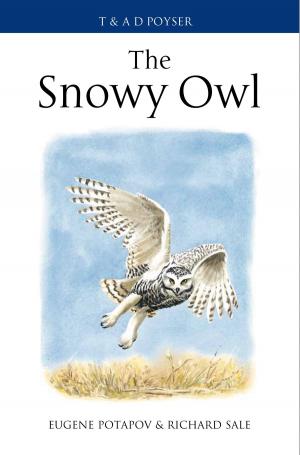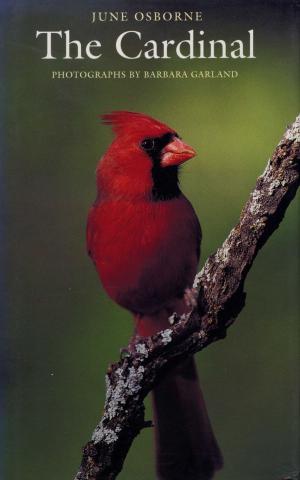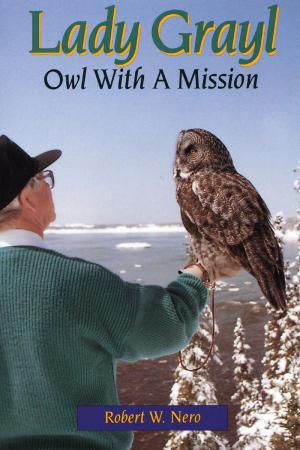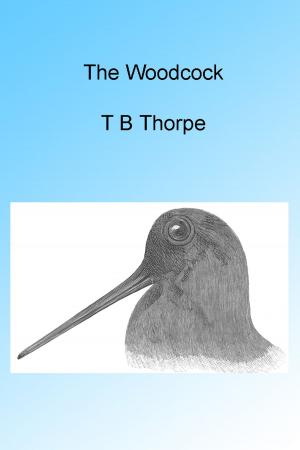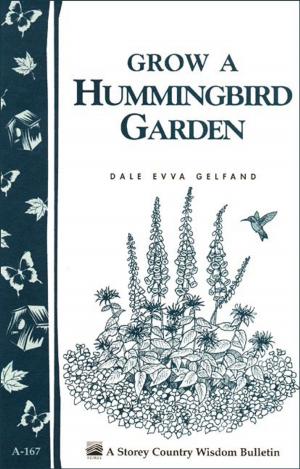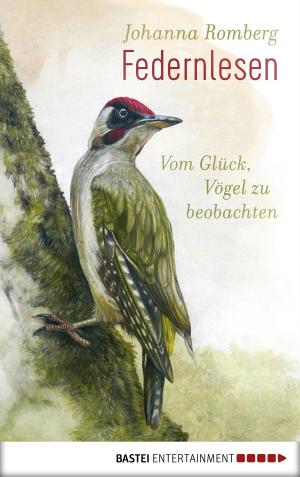Birds and Nature Vol. 9 No. 4 [April 1901]
Nonfiction, Science & Nature, Nature, Plant Life, Trees, Plants, Animals, Birds & Birdwatching| Author: | Various, William Kerr Higley | ISBN: | 1230000293773 |
| Publisher: | CHICAGO A. W. MUMFORD, Publisher | Publication: | January 28, 2015 |
| Imprint: | Language: | English |
| Author: | Various, William Kerr Higley |
| ISBN: | 1230000293773 |
| Publisher: | CHICAGO A. W. MUMFORD, Publisher |
| Publication: | January 28, 2015 |
| Imprint: | |
| Language: | English |
Example in this ebook
THE CURASSOW.
An interesting race of birds, known as the Curassows, has its range throughout that part of South America, east of the Andes Mountain range and north of Paraguay. All the species are confined to this region except one, which is found in Central America and Mexico. This is the bird of our illustration (Crax globicera).
The Curassows belong to the order of Gallinaceous birds and bear the same relation to South America that the pheasants and grouse bear to the Old World. They are in every respect the most important and the most perfect game birds of the district which they inhabit. In all there are twelve species placed under four genera. As the hind toes of the feet are placed on a level with the others they resemble the pigeon and are unlike many of the other gallinaceous birds.
The Curassows are very large and rather heavy birds and some of them are larger than our turkey. They have short wings and a strong bill. At the base of the upper mandible and on the upper side there is a large tubercle-like excrescence which is of a yellow color and quite hard. Upon the head there is a gracefully arched crest of feathers which is made of curled feathers, the tips of which are white in some of the species. This crest can be lowered or raised at the will of the bird. The plumage of the species illustrated is a beautiful and velvety black, except the white on the lower portion of the body. It is said that their motions are much more graceful than are those of our common domestic turkey. “They live in small flocks, and are arboreal in their habits, only occasionally descending to the ground, while roosting and building their nests on the branches of trees.” The nests are large and made of twigs and willowy branches held in place by the stems of grasses, which are neatly interwoven between them. The nest is lined with down, feathers and leaves.
It is said that they are easily domesticated and that in some parts of South America they may be found in tame flocks around the homes of the planters. One authority states that at about the beginning of the present century a large number of Curassows were taken from Dutch Guiana to Holland, where they became thoroughly domesticated, breeding as readily as any other kind of domestic poultry. Though a tropical bird, it would seem that they might be acclimatized. They would certainly form a valuable addition to the list of our farm fowls, for their flesh is said to be “exceedingly white and delicate.”
The female is not as large as the male and is usually reddish in color. Their food consists almost entirely of fruit and insects.
About the middle of the eighteenth century Eleazar Albin wrote “A Natural History of Birds,” in which he gives a very interesting account of the Curassow and an excellent illustration of the bird. He says: “I took a pourtray of this bird at Chelmsford in Essex; it was very tame and sociable, eating and drinking with any company. The Cock I had of a man from the West Indies. They are generally brought from Carasow, from whence they take their Name. They are called by the Indians Tecuecholi, Mountain-Bird or American Pheasant.”
To be continue in this ebook
Example in this ebook
THE CURASSOW.
An interesting race of birds, known as the Curassows, has its range throughout that part of South America, east of the Andes Mountain range and north of Paraguay. All the species are confined to this region except one, which is found in Central America and Mexico. This is the bird of our illustration (Crax globicera).
The Curassows belong to the order of Gallinaceous birds and bear the same relation to South America that the pheasants and grouse bear to the Old World. They are in every respect the most important and the most perfect game birds of the district which they inhabit. In all there are twelve species placed under four genera. As the hind toes of the feet are placed on a level with the others they resemble the pigeon and are unlike many of the other gallinaceous birds.
The Curassows are very large and rather heavy birds and some of them are larger than our turkey. They have short wings and a strong bill. At the base of the upper mandible and on the upper side there is a large tubercle-like excrescence which is of a yellow color and quite hard. Upon the head there is a gracefully arched crest of feathers which is made of curled feathers, the tips of which are white in some of the species. This crest can be lowered or raised at the will of the bird. The plumage of the species illustrated is a beautiful and velvety black, except the white on the lower portion of the body. It is said that their motions are much more graceful than are those of our common domestic turkey. “They live in small flocks, and are arboreal in their habits, only occasionally descending to the ground, while roosting and building their nests on the branches of trees.” The nests are large and made of twigs and willowy branches held in place by the stems of grasses, which are neatly interwoven between them. The nest is lined with down, feathers and leaves.
It is said that they are easily domesticated and that in some parts of South America they may be found in tame flocks around the homes of the planters. One authority states that at about the beginning of the present century a large number of Curassows were taken from Dutch Guiana to Holland, where they became thoroughly domesticated, breeding as readily as any other kind of domestic poultry. Though a tropical bird, it would seem that they might be acclimatized. They would certainly form a valuable addition to the list of our farm fowls, for their flesh is said to be “exceedingly white and delicate.”
The female is not as large as the male and is usually reddish in color. Their food consists almost entirely of fruit and insects.
About the middle of the eighteenth century Eleazar Albin wrote “A Natural History of Birds,” in which he gives a very interesting account of the Curassow and an excellent illustration of the bird. He says: “I took a pourtray of this bird at Chelmsford in Essex; it was very tame and sociable, eating and drinking with any company. The Cock I had of a man from the West Indies. They are generally brought from Carasow, from whence they take their Name. They are called by the Indians Tecuecholi, Mountain-Bird or American Pheasant.”
To be continue in this ebook
![Cover of the book Birds and Nature Vol. 9 No. 4 [April 1901] by Various, William Kerr Higley, CHICAGO A. W. MUMFORD, Publisher](https://www.kuoky.com/images/2015/january/500x500/1230000293773-kcFK_500x.jpg)
